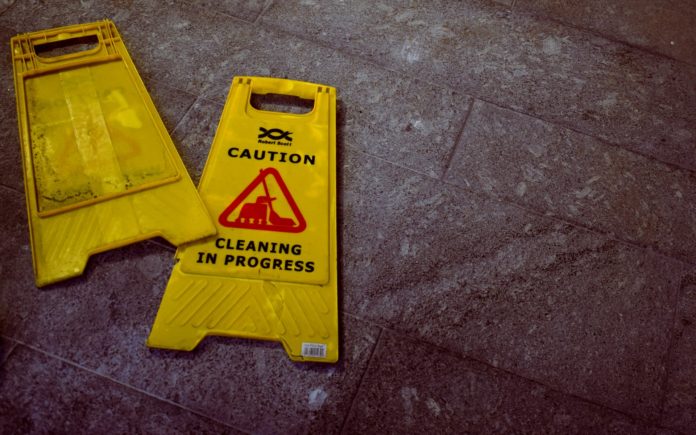Mental illnesses such as depression and anxiety are estimated to cost the economy $1 trillion per year due to a loss in productivity. Many businesses may be aware of the necessary tools to build a brand, such as social media and networking, but awareness of how injury and illness impacts on employees is equally important. Employers should be aware of how to protect employees to prevent injury and illness at work.
The Importance Of Risk Assessments
Employers have a duty of care to their employees, and should assess which areas of the workplace could pose a risk to health. High-pressure jobs may induce more stress in some workers, and therefore it is important for employers to regularly intervene and have discussions with staff to prevent ill health. Job-related stress can cause physical health issues, which may be compensated as a work-related injury. Any physical injuries such as cuts, slips or falls, are also preventable, and doing so can also prevent costly payouts due to negligence.
Ill Health And Sick Leave
There is no requirement to offer paid sick leave in many states of the US, but some states, and other countries, have separate laws for this. However, if you are going to be absent due to a long-term illness, there may be a discussion to find an alternative solution, such as taking leave. If the workplace is the direct cause of the sickness, you may be entitled to some compensation. For example, occupational cancer can be caused by prolonged exposure to toxic substances such as asbestos. Employers can identify problem areas and arrange for a clear out or personal protective equipment to prevent this and avoid accusations of negligence.
Personal Injury
An accident at work due to a lack of risk assessments or negligence on the employers’ part can result in a personal injury claim for the employee. In 2019, 40% of all work-related fatalities were due to a transportation accident, showing that even driving for work can be unsafe if proper risk assessments are not implemented. Accidents can occur in any industry, however, and a lack of training can be a costly error for employers. For example, if an employee is not trained in manual handling but is asked to move a heavy object, this may result in a back injury. This is an example of not carrying out a risk assessment and training the employee.
Employees are responsible, to some degree, for their own safety, so it is important to follow procedures recommended by employers. Simple assessments of the areas most likely to cause harm helps employees in the long-term.

